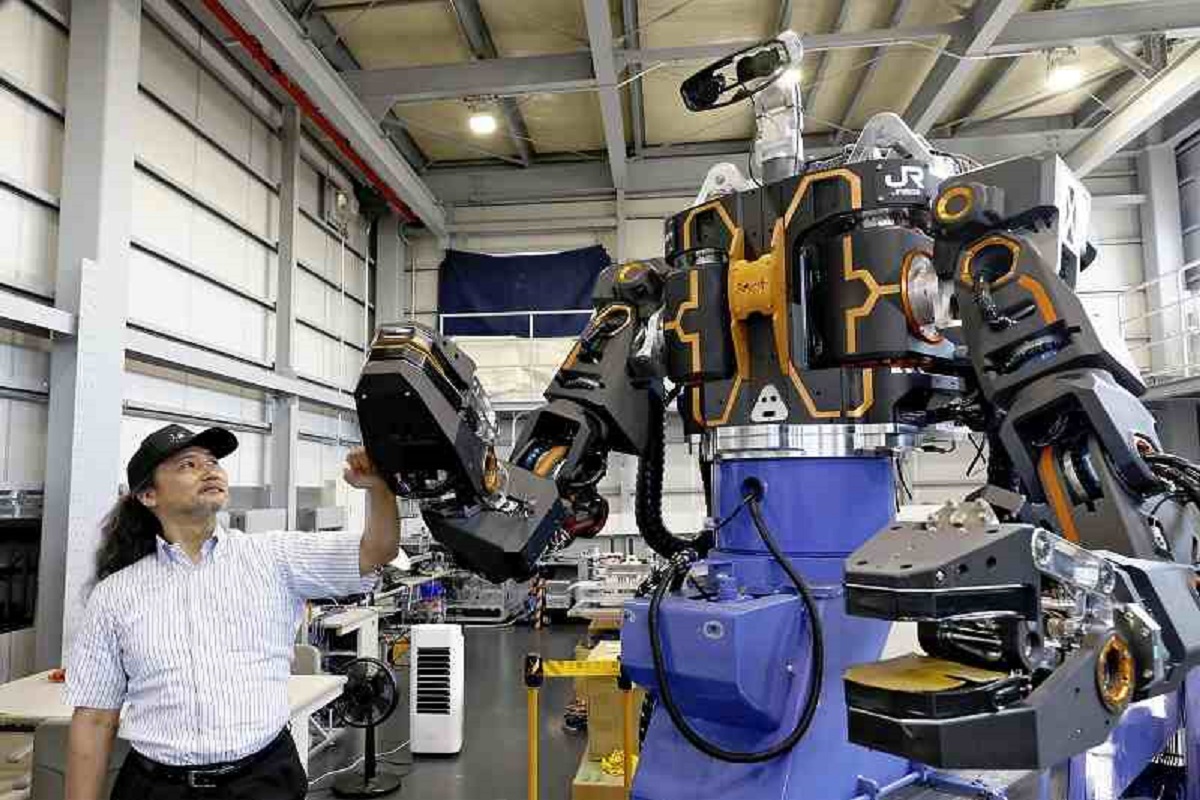A Shiga Prefecture research facility is fostering a possibly life-saving modern robot that permits its controler through computer generated simulation (virtual gear), to handle and lift weighty items.
The robot, which weighs around 450 kilograms, could be connected to a crane to work in high places, including doing reviews and maintenance of rail line above wires.
Advertisement
The virtual reality gear worn by the robot controler gives a robot’s-eye view, notwithstanding force feedback to provide the controler with a feeling of what is being lifted.
The robot is named “jinki,” or humanoid machine, is being created by Man-Machine Synergy Effectors, Inc., in Kusatsu, Shiga Prefecture. Its leader, Kanaoka Hakase, known as Dr. Kanaoka, is a 50-year-old robot scientist and visiting teacher at Ritsumeikan University who began his own organisation in 2007.
The organisation has no production plant except for earn in cash from patent sovereignties and different expenses, by teaming up with organisations and different entities that need to use its robots.
Kanaoka expressed that while he has seen numerous modern robots in Japan, he started to ask why the innovation was not being utilised to save lives in the consequence of the 2011 Great East Japan Earthquake.
The new robot’s advancement started after West Japan Railway Co. talked with Kanaoka about utilising a robot to prevent working environment mishaps, for example, workers tumbling from above wires or getting electric shocks during maintenance.
“We want to eliminate physical hard work through robotics,” Kanaoka said. The organisation is as of now directing exhibits of the new robot, determined to place it into practical use in the spring of 2024.
The organisation is likewise fostering a bigger robot that strolls on two legs, planning to grow its capabilities to reviews of tunnels and bridges.
The organisation’s robots, including the strolling robot with a height of 4 to 5 meters, are scheduled to be shown at the 2025 Osaka-Kansai Expo.
(inputs from The Yomiuri Shimbun/ The Japan News)
















